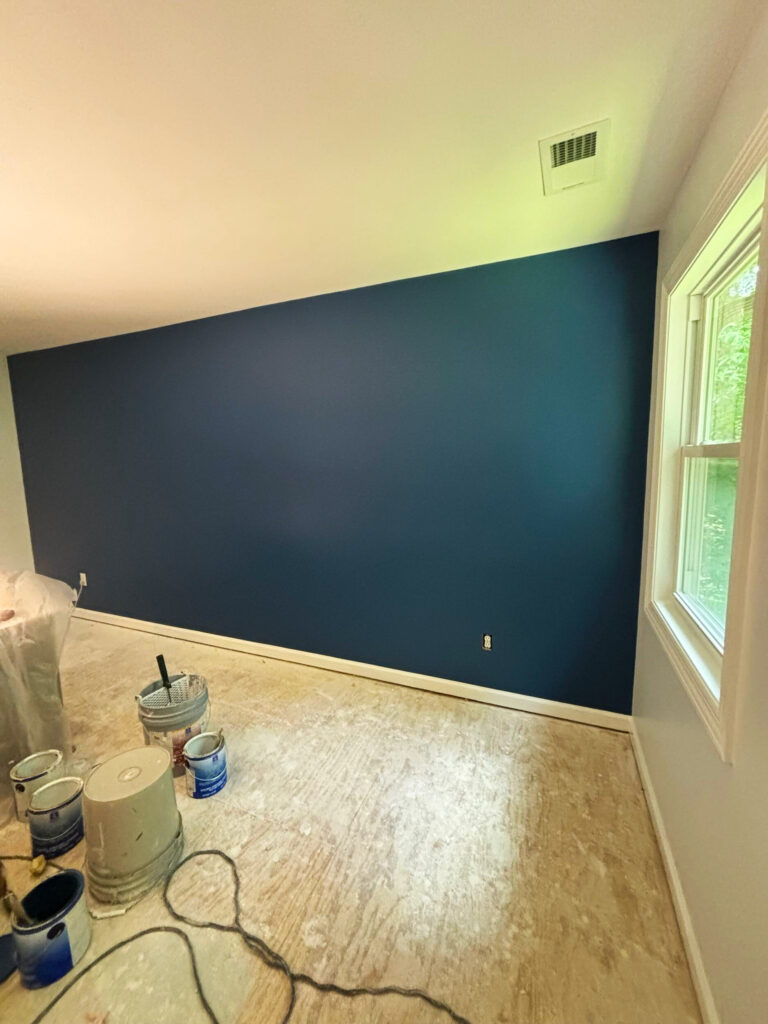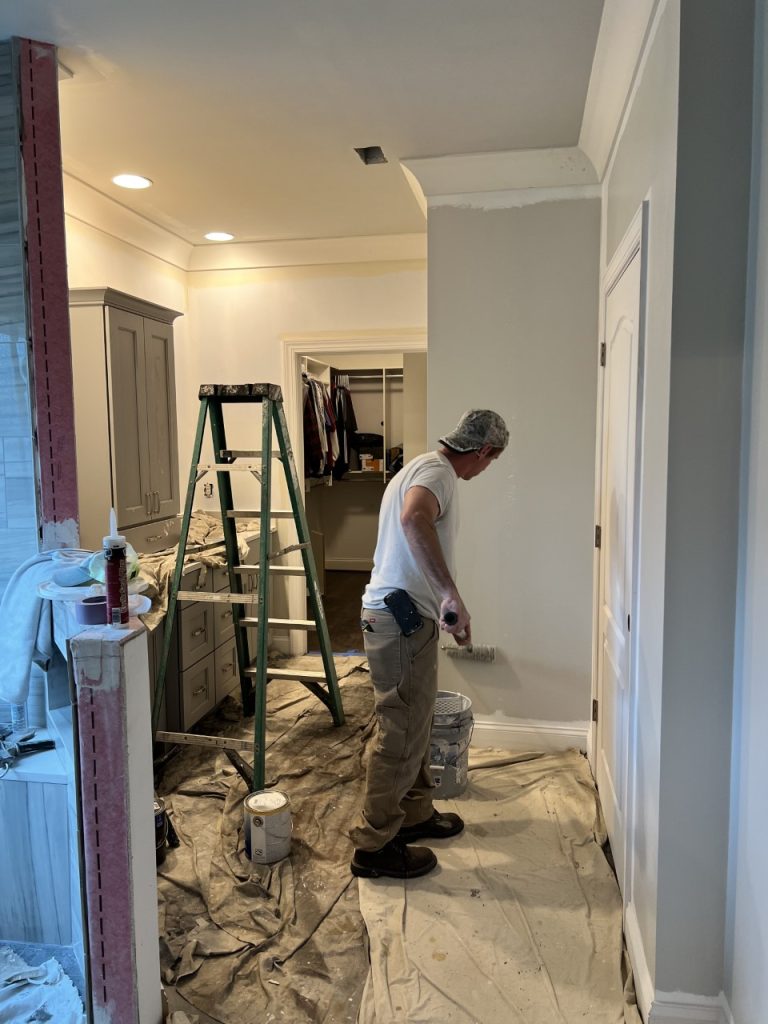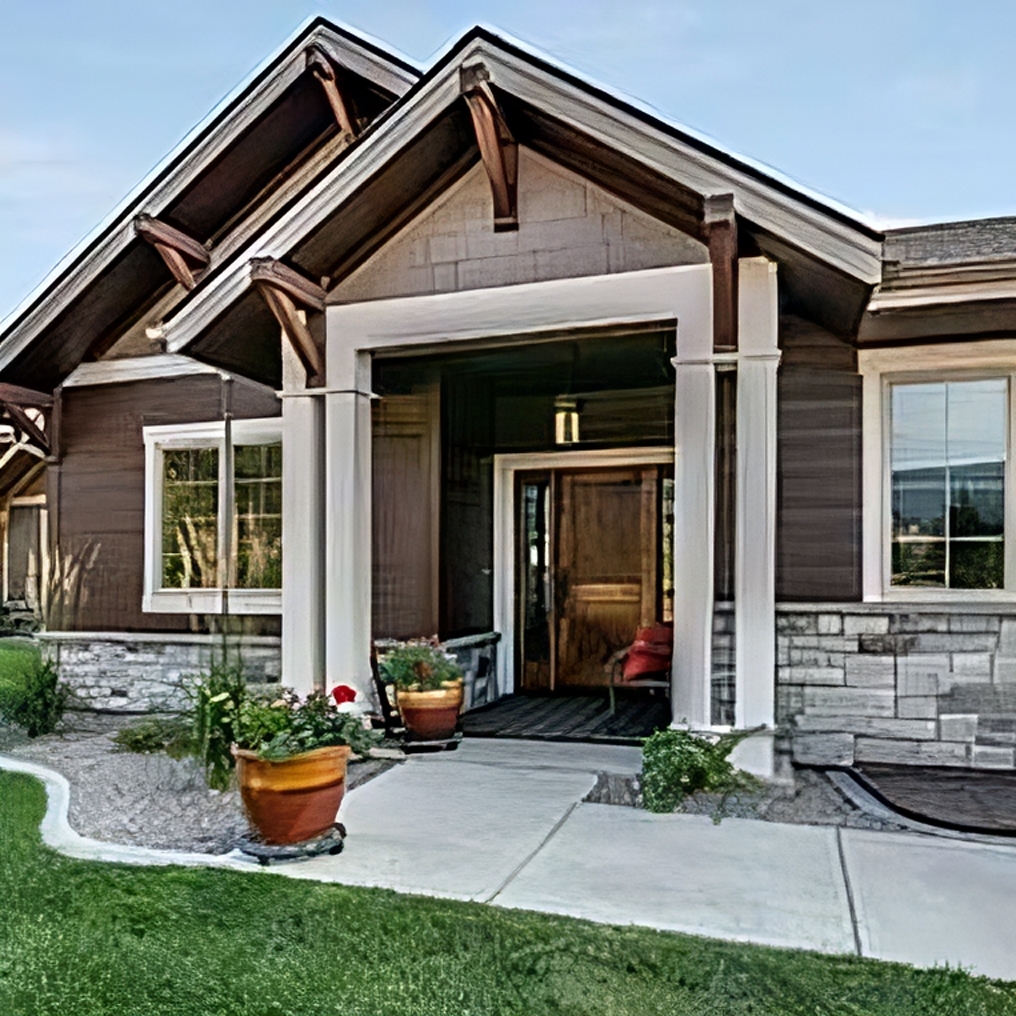When it comes to designing a home, color plays a crucial role in setting the tone and atmosphere of each room. At Reliable Design-Build-Remodel, we understand that selecting the right paint color is about more than just aesthetics—it’s about creating a space that supports comfort, relaxation, and overall well-being. Let’s explore the psychology of color in rooms and how different hues can impact emotions and mental health.
What is the Psychology of Color in a Room?

Studies on color psychology in rooms how different shades and tones influence human emotions and behavior. When applied to interior design, colors can create feelings of warmth, tranquility, or even energy, depending on their hue and intensity. For example, warm colors like reds and oranges tend to stimulate and energize a space, while cooler colors such as blues and greens evoke calmness and relaxation. Understanding the psychological effects of color helps homeowners choose the right shades to enhance their living spaces and overall well-being.
What is the Best Color for a Bedroom Psychology?
The best color for a bedroom largely depends on the atmosphere you want to create. Soft, muted shades like light blue, sage green, and lavender are often considered the best choices for bedrooms because they promote relaxation and restful sleep. Blue, in particular, has been shown to lower heart rate and blood pressure, making it a top choice for creating a serene bedroom retreat. Neutral tones like beige and light gray also work well, offering a versatile and calming backdrop that allows for flexibility in decor.
What are the 4 Psychological Colors?
In color psychology, four primary colors are believed to have strong psychological effects:
- Red – Associated with energy, passion, and excitement. It stimulates the senses and can be used in dining rooms or social spaces.
- Blue – Promotes calmness, stability, and relaxation. It’s a great choice for bedrooms and offices.
- Yellow – Symbolizes happiness and optimism. It’s ideal for kitchens and living rooms where an uplifting atmosphere is desired.
- Green – Represents balance, nature, and renewal. It works well in bedrooms and bathrooms, promoting relaxation and stress relief. Each of these colors can be used strategically to enhance different areas of the home based on the desired emotional response.

What is the Best Color to Paint a Bedroom for Mental Health?
As far as color psychology in rooms goes for mental health, the best bedroom colors are those that create a sense of peace and relaxation. Cool tones such as soft blues, gentle greens, and muted lavenders are known to reduce stress and anxiety, fostering a tranquil environment. Neutral tones like off-white, taupe, and warm grays can also support mental well-being by providing a cozy and soothing backdrop. These shades help create a restful space that encourages deep sleep and relaxation, which are essential for emotional and psychological health.
What Does Purple Mean in a Bedroom?
Purple is often associated with luxury, creativity, and spirituality. Lighter shades like lavender and lilac bring a sense of calm and elegance, making them great choices for a bedroom. Darker purples, such as plum and eggplant, can add a touch of drama and sophistication but should be used in moderation to prevent a space from feeling too heavy. Overall, purple is a great option for those who want to add a sense of refinement and introspection to their bedroom.
What Colors Calm Anxiety?
For those looking to create a space that soothes anxiety, cool and muted tones are the best choice. Shades of blue, green, and soft neutrals are known to have a calming effect on the mind and body. Light blues remind us of the sky and ocean, promoting relaxation, while soft greens bring a sense of nature and renewal. Earthy tones like beige, warm gray, and soft taupe also help create a grounding and comforting atmosphere. These colors can be particularly beneficial in bedrooms, meditation spaces, and home offices where stress reduction is key.
What Color Should Not Be Used in a Bedroom?
While color preferences are subjective, certain shades are generally not recommended for bedrooms due to their stimulating effects. Bright reds, oranges, and intense yellows can be too energizing and may make it difficult to relax or fall asleep. These colors can increase heart rate and create a sense of alertness, which is not ideal for a restful bedroom environment. Instead, it’s best to stick with softer, muted shades that encourage relaxation and tranquility.

The colors we choose for our homes have a significant impact on mood, energy levels, and overall well-being. By understanding the effects of color psychology, you can make informed decisions that enhance comfort, relaxation, and happiness in every room of your home. If you need guidance in selecting the perfect hues for your space, we’re here to help!
Reliable Design-Build-Remodel is a full service general construction firm and remodeling contractor operating in the Birmingham metro and Jefferson and Shelby County areas and surrounding communities, including Birmingham, Helena, Chelsea, Mountain Brook, Hoover, Homewood, Montevallo, Alabaster, Vestavia Hills, and Pelham, with over 30 years of servicing our valued clients. Offering full service suite of general remodeling, design and build services. Our specialties include bathroom remodeling, kitchen remodeling, exterior renovations, interior renovations, painting, and more!
Visit us at reliablerem.com, and like and follow us on Facebook and Instagram!















